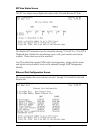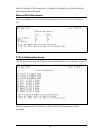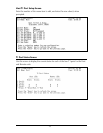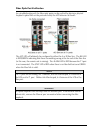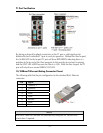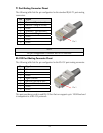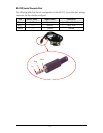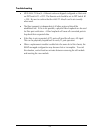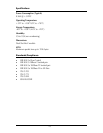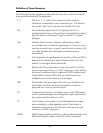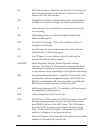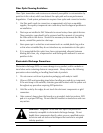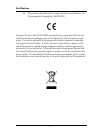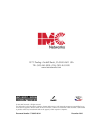
27
FFL
Fiber Fault Loopback: When the fiber line fails, the Ethernet port
that is being forwarded over the fiber line is forced out of LINK.
Similar to the Fiber Alert function.
GUI
Graphical User Interface: Software that provides a visual interface
to enable an end-user to manage and monitor network devices.
IS In-Service stat is the normal state of an active port with normal
error reporting.
LED Light Emitting Diode: A small stack of lights to indicate link,
duplex or other options.
LFPT Link Fault Pass-Through: LFPT can be enabled via iView² or
through the console port.
LOF Loss Of Frame: An error condition where the receiver/decoder
misses detection of the framing signal.
LOS Loss Of Signal: An error condition where the receiving line
interface unit does not detect a signal.
MDI/MDIX Media-Dependent Interface/ Media-Dependent Interface
Crossover. The ability of an Ethernet port to automatically detect
and configure its cabling connections to accommodate crossover
or non-crossover wiring, depending on its link partner and cabling.
MIB Management Information Base: A database of objects that can be
monitored by a network management system. Both SNMP and
RMON use standardized MIB formats that allow any SNMP and
RMON tools to monitor any device defined by a MIB.
MSA Multi-Source Agreement (SFP): The standard an SFP must meet to
be compatible in network devices.
NOC Network Operations and Control Center
OOS Out-Of-Service, OOS is used by the CRAFT personnel to turn OFF
the alarm reporting so they can service the line without causing
alarm TRAPS to be sent to the NOC Center. The LEDs display a
line status but do not report any line related alarms back to the
NOC. A card removal or insertion is still reported, but a PORT
up/down or changes to its configuration are not.
POP
Point(s) Of Presence: The demarcation point where carrier owned
equipment is located at the customer site.



